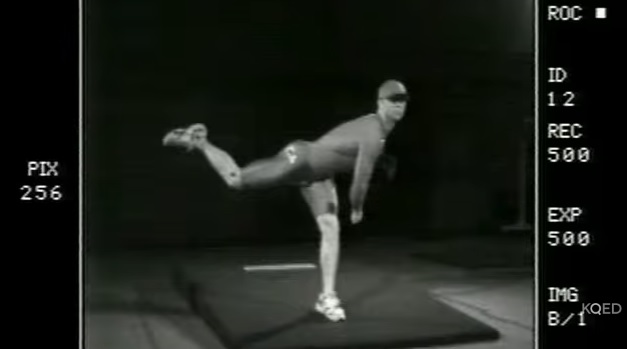About This Lesson
Why does a curve ball curve? Where is the best spot on a bat to hit a baseball? At UC Berkeley, a team of undergrads is experimenting with velocity, force, and aerodynamics. But you won't find them in a lab – they work on a baseball diamond, throwing fast balls, sliders and curve balls. QUEST discovers how the principles of physics can make the difference between a strike and a homerun.









